Removing graffiti on stone, tile, brick, or masonry? Put the pressure washer away. It can be problematic and/or ineffective. Read this article for guidance.
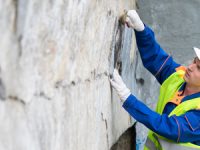 Graffiti Removal
Graffiti Removal Graffiti Removal
Graffiti RemovalRemoving graffiti on stone, tile, brick, or masonry? Put the pressure washer away. It can be problematic and/or ineffective. Read this article for guidance.
 How To Prevent Etching When Disinfecting Stone
How To Prevent Etching When Disinfecting StoneThis article offers sound advice on how to disinfect your natural stone without accidentally causing etch damage and what to do if you already have etch damage.
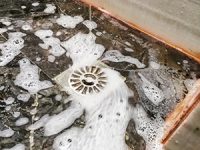 How To Remove Pink Shower Film
How To Remove Pink Shower FilmHave you ever noticed a slimy pink film form in your shower? This article explains what it is, how to get rid of it, and how to keep it from coming back.
 The Coronavirus and Your Stone Countertops
The Coronavirus and Your Stone CountertopsCan the coronavirus survive on my stone countertop? What do I use on my stone to properly kill the virus? Get coronavirus answers from stone expert, Fred Hueston.
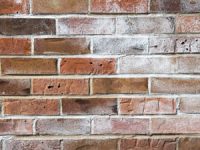 Pressure Washing Caution
Pressure Washing CautionBefore pressure washing stone or masonry surfaces, read this article to learn about potential problems that could result in serious damage.
 Shower Pan Moisture Buildup
Shower Pan Moisture BuildupIs the stone around your shower drain darker than the surrounding stone? The cause may be clogged weep holes. The solution may be an easy DIY procedure.
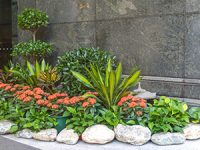 Damaged Dimension Stone Panels
Damaged Dimension Stone PanelsThis article explains which dimension stone panel problems can be resolved by your stone restoration technician, and which problems require replacement.
 Soft Water Can Damage Marble
Soft Water Can Damage MarbleYou’ve likely heard of hard water damage on natural stone, but did you know that soft water can also damage it? Learn how to protect susceptible stone.
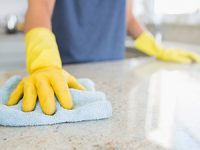 A Natural Stone Stain Remover
A Natural Stone Stain RemoverNatural stone, concrete, terrazzo, and certain tiles, as well as the grout lines in between tile, can become stained. Many stains can be removed using acetone.
 Stone & Tile Restoration Helps Sell Homes
Stone & Tile Restoration Helps Sell HomesA simple way to improve buyer appeal and help your home sell quickly for the price you are asking is by having clean, elegant, welcoming floors and surfaces.